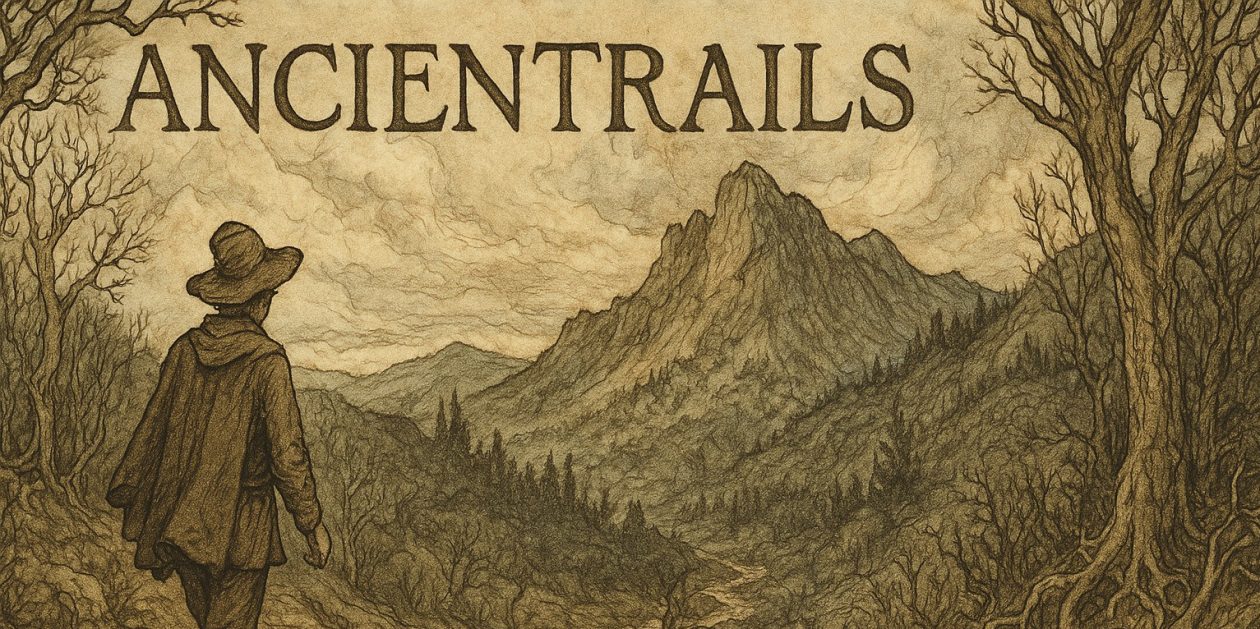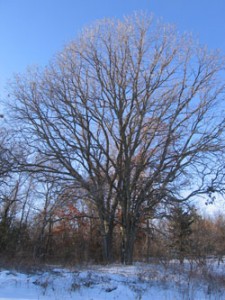Last day of Imbolc Waning Moon o Winds
Since I was nervous last Sunday and wrote about it here, I thought I’d also post this reaction, printed in the Groveland E-Wire.
E-Wire, Vol. 11, March 19, 2009
What You Missed Last Sunday
American Identity in the Time of Obama, Presented by Rev. Charles Ellis
Charles Ellis based his talk on the book “Who Are We?” by Samuel P. Huntington.
Agreeing with Huntington’s analysis of US national identity from his book, Charles laid out Huntington’s assertion that this identity has four parts: race, ethnicity, ideology (or creed) and culture. Charlie explored these four parts and talked about their changes over time.
Charles disagreed, however, with Huntington’s assertion that “…Americans should recommit themselves to the Anglo-Protestant culture, traditions and values…”, saying that Huntington does not account for change, and that the America rooted in Anglo-Protestant traditions will not be the same if Latino culture rises up strong.
Charles ended on a passionate note, saying “Never, ever let it be said that love of country and dissent from governmental policy are contradictory. Never, ever let it be said that we cannot form a new perfect union, a new nation conceived in the fires of Latin culture and Asian values, yet a nation neither Latin nor Asian, but American, not an Anglo-Protestant America, but a new nation, one never seen before on the face of the earth.”
He got a standing ovation.

 Imbolc Waning Wild Moon
Imbolc Waning Wild Moon